Mallige idli recipe, also known as Kushboo idli, is a popular and soft idli-a variation of the idli found in Karnataka or Tamil Nadu. Make the softest and fluffiest South Indian breakfast idlis at home.
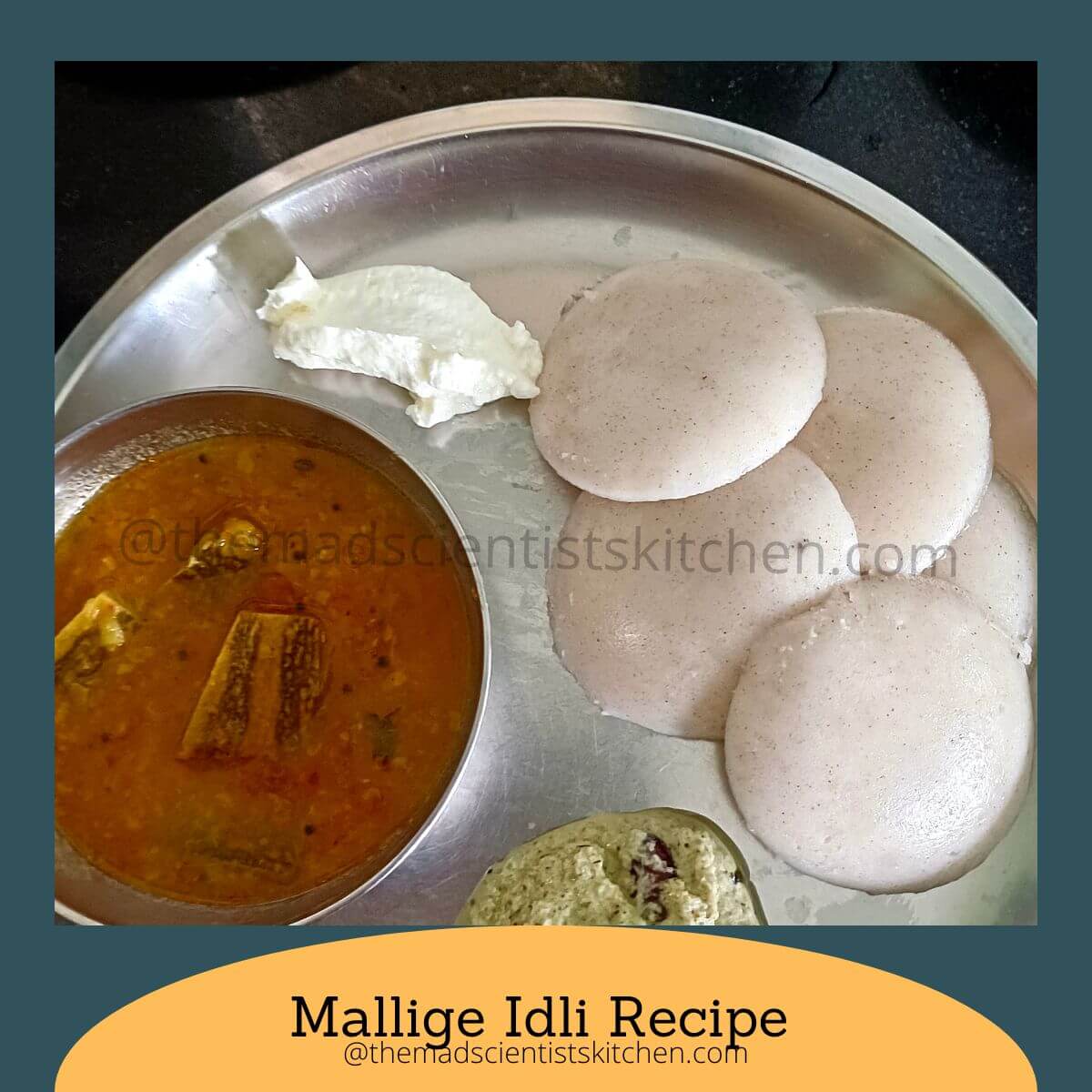
Mallige Idlis are whiter, softer and fluffier than the regular idlis. These idlis are also known as Kushboo idlis, after the popular Tamil actress Kushboo, who gained fame in the Tamil movie industry.
We love idlis, and they are versatile; some are easy-to-make and quick options.
Butter Idli is a rich, flavourful, soft idli, one that tests my patience, but once ready, tastes fantastic. Once you have tried these, you cannot enjoy the butter idlis served in restaurants.
Of course, there are Regular Idlis, the everyday offering that does not require much thought when I make them. Generally, I make extra of these idlis to make Idli Bites with Rasam. I make Idli Chilli Fry, but I don't have any pictures to share with you. (will correct the situation soon).
Since we have started shifting to millets and whole grains, I make Jowar Rava Idlis and Quinoa Idlis, soft and spongy.
When my breakfast throws me a question, "What do I make ?" I tend to make instant idlis like Poha Idli, Rava Idlis, and Ragi Idlis.
Serve them with Sambhar, chutneys like Ridge Gourd Chutney, Green Mango Chutney, and Tomato Chutney Recipe. I am linking to the other chutney recipes category we enjoy.
Jump to:
What are Idlis?
In Indian families, Idlis are a staple breakfast dish made from a combination of rice and urad dal. It is generally served with sambar and accompanied by a choice of chutney recipes. These steamed rice cakes now come in many variations, and the mallige idli or jasmine idli is one of them.
Naturally fermented Idlis rice cakes are popular because they are steamed, gluten-free, vegan, low in calories and easy to digest. Idlis are popular due to their health benefits, ease of preparation, and versatility.
Idlis are made from idli batter, which is made from soaked rice and black gram lentils, as well as fenugreek seeds.
Idlis are a comfort food that is a popular choice for breakfast and snacks.
If you are wondering how Mallige idlis differ from regular idlis, then Mallige idlis are softer, spongier, and deliciously aromatic. The batter is made using fenugreek, sago, or flattened rice. You steam regular idlis for about 15 minutes, while Mallige Idlis, you steam them for 10 minutes.
Ingredients for Mallige Idli
Mallige idli recipe uses simple basic ingredients, yet you need some ingredients like
- Soak urid dal and idli rice or our everyday rice, such as sona masuri, if you don't have access to idli rice. Remember to soak them in separate bowls.
- Soak sabbudana or sago to make your idlis softer.
- Soak fenugreek seeds or methi seeds. Your idlis turn out soft and fluffy if the batter ferments well.
- Water for soaking and grinding the ingredients.
- Salt to taste.
Optional ingredients
- Cooking soda is optional, and I generally don't use it.
How to make Mallige Idli
- In a large bowl, rinse and soak urad dal. Soak fenugreek seeds, rice, and sabudana in separate bowls, then let them sit for 5-6 hours.
- Drain the water and grind urad dal, fenugreek seeds and the soaked sago or sabudana in a mixer grinder to a smooth paste with ice cubes. Transfer the batter to a large bowl.
- Next, add the drained rice to the same mixer grinder and blend it to a coarse batter with the texture of rava. Add the batter to the same mixing bowl and mix until well combined.
- Set aside covered in a warm place for 8-10 hours. The batter should ferment well, becoming bubbly and almost doubling in volume.
- Add salt to taste to the batter and mix well.
- Set up the steamer, and grease the idli plate with oil.
- Add a ladleful of the batter to the idli plate. Place the idli tree in the steamer.
- Steam for 10-12 minutes, and the idlis are cooked.
- Serve the idlis with chutney and sambhar.
Substitutes for Mallige Idlis
- Idli rice: In place of idli rice, with everyday rice like sona masuri or raw rice.
- Sago or Sabudana: As a substitute for sago, use poha (beaten rice), available in thick or thin varieties, or puffed rice.
Equipment for Mallige Idli
- 3 bowls for soaking
- 1 Mixer grinder
- 1 Mixing bowl
- 1 Idli stand
- Steamer
- Casserole to store
- Plates to serve
Pro tips for Mallige Idlis
- Blend the urad dal into a very soft and fluffy batter.
- If you cannot find Idli rice, use raw rice as an alternative.
- Use ice if grinding the batter in the grinder/mixer.
- The consistency of the batter should be neither too thick nor too thin.
- Ferment the batter well for soft and fluffy idlis.
- Replace poha with puffed rice or sabudana.
- Steam the idlis for just 10 minutes, and do not overcook the idlis.
- Let the idlis cool slightly before unmoulding them so that they do not stick.
FAQ for Mallige Idlis
Why is sabudana or sago added to the idli batter?
Adding sabudana or pohato to the idli batter makes the idlis softer, spongy and fluffy.
Why is fenugreek added to idli batter?
Adding Fenugreek seeds, also known as methi seeds, to the idli batter makes it flavourful and aromatic. Fenugreek seeds aid fermentation, acting like a yeast activator. The fenugreek seeds make the batter lighter, fluffier and softer idlis.
What is the best rice to make idlis?
The best rice for idlis is coarse Idli rice, parboiled rice, or raw rice. But I generally use sona masuri or gaikolam rice.
Pairing Recipes for Mallige Idli
You can serve Mallige Idlis with

This is an old post that I am updating with newer pictures and a write-up as a part of the group Foodies_RedoingOld Post.
Summary: Soft and delicious Mallige Idlis are a perfect breakfast or snack that often doubles up as a meal in my place. The easy, gluten-free, vegan steamed cake of rice (carbs) and dal (protein) is a household staple for ages. Try making this variation and let me know how you enjoyed it.

Mallige idli Recipe
Equipment
Ingredients
- 1 cup urid dal
- ½ cup sago/sabudana
- ice cubes
- 4 cups raw rice
- Salt to taste
- Oil to grease
- ½ teaspoon cooking soda optional
Instructions
Soaking
- Rinse the urid dal, then add water to soak it. The dal swells, hence use a bigger bowl and add about 2.5 cups of water.
- Similarly, rinse the rice and soak it with a knuckle of water above the rice level.
- Rinse and soak the sago in a bowl. As the sago swells, use a bigger bowl and add a knuckle of water above the sago level.
- Soak them for 5-6 hours.
Grinding and fermenting
- After the soaking time ends, grind the dal and the sago to a fine paste. If, like me, you are using a mixer grinder, add some ice cubes. The dal batter needs to be ground with minimal water, so add water/ice sparingly.
- Transfer to a big mixing bowl.
- Next, grind the rice with minimal water to a fine rava or semolina texture.
- Add the rice paste to the bowl with urid dal and sago paste. Mix well using your fingers. There should be no lumps in the mixture.
- Cover and let the batter ferment for about 8-12 hours.
Making the Mallige Idlis
- When you are ready to make your idlis, grease the idli stand with oil.
- Set up your steamer, add water to the base pan, and bring it to a boil.
- Mix in the salt and soda if using in the batter.
- Ladle the batter into the greased mould.
- Steam for 10-12 minutes.
- Serve hot with sambhar and chutney.


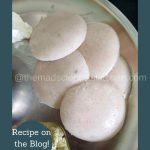
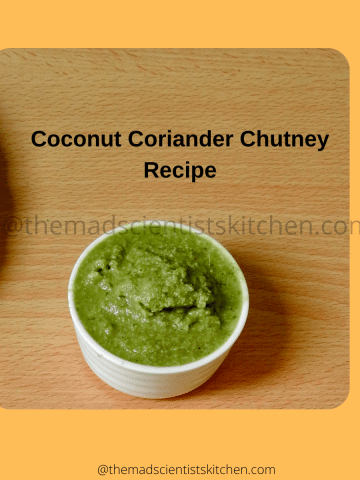
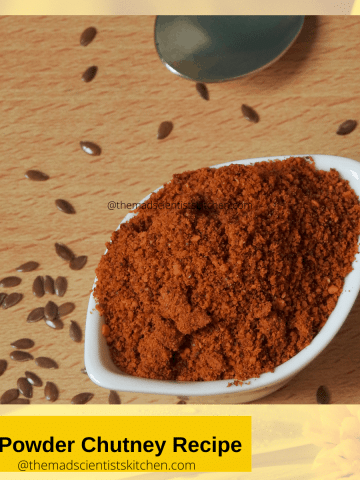
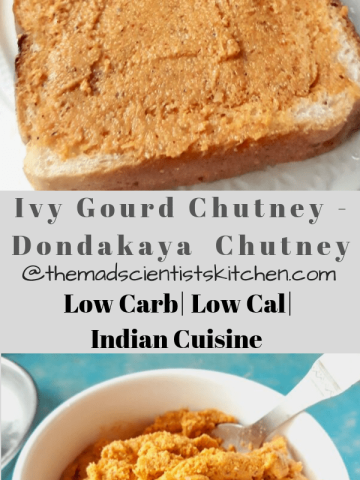
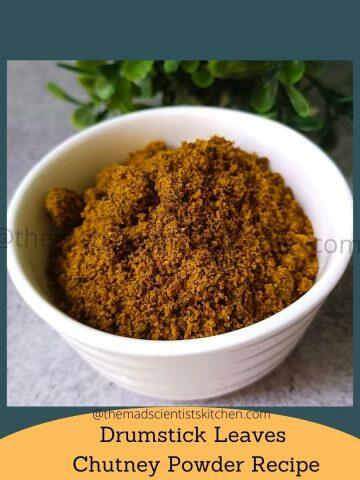
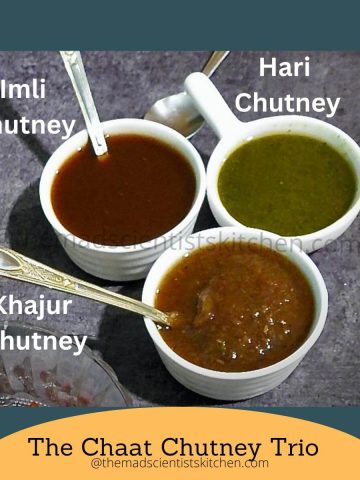
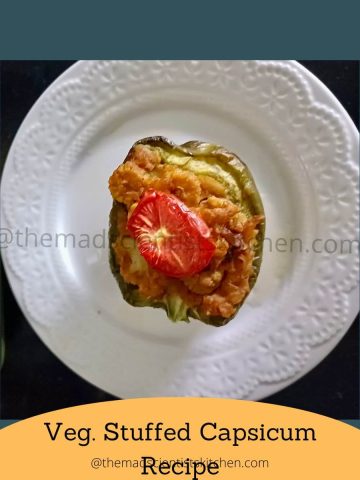
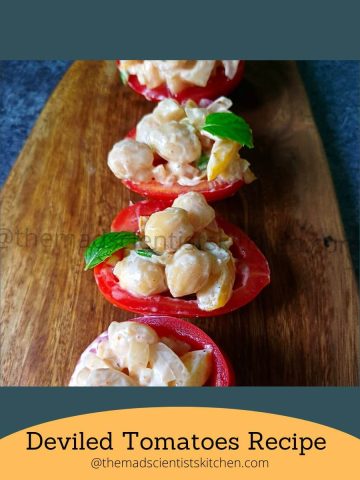
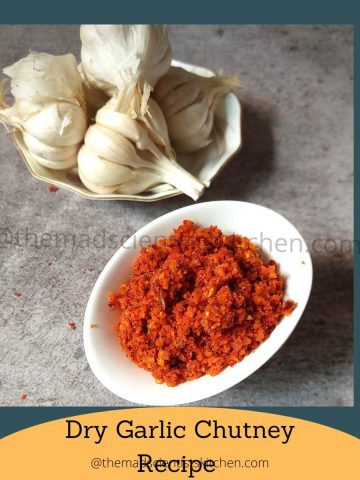
Julie says
nice soft idlis,lovely name too.
Shama Nagarajan says
tempting preparation ...yummy
Veena Krishnakumar says
These idli's look so so soft arch. As you say mallige like. I want to make these now.
ArchanaPotdar says
Thanks, Veena.
Mayuri Patel says
Idli more softer, fluffier and whiter...definitely want to try this recipe. We are a family of idli lovers, so mallige idli will be on our list. Why do you add ice cubes? I thought ice cubes blunt the blades of a food processor.
ArchanaPotdar says
Thank you, Mayuri. The idli batter when ground in the stone grinder does not heat the batter. In a mixer grinder the idli batter heats up. To avoid the batter heating up I was advised to add ice cube. The blades of the mixer seem fine but I wil keep tha in mind.
Kalyani says
I want to bite into these fluffy khushboo idlis - my (late) MIL was a pro at making fluffy idlis, but sadly I didnt get the recipe from her, I have yours now to follow. Soaking the dal now for the weekly batter! yay
ArchanaPotdar says
Thank you, Kalyani.
Renu says
Love idli in any form, and I make different varieities. Have never made Mallige Idli, will love to try this soon.
ArchanaPotdar says
😀 thanks, Renu.
Jayashree T Rao says
I love making idli gor breakfast. Will try this version of Mallige idli soon. My recipe is without sago..
ArchanaPotdar says
Thanks, Jayashree I do makeidlis without sago too but we loved these as they were ultra soft.